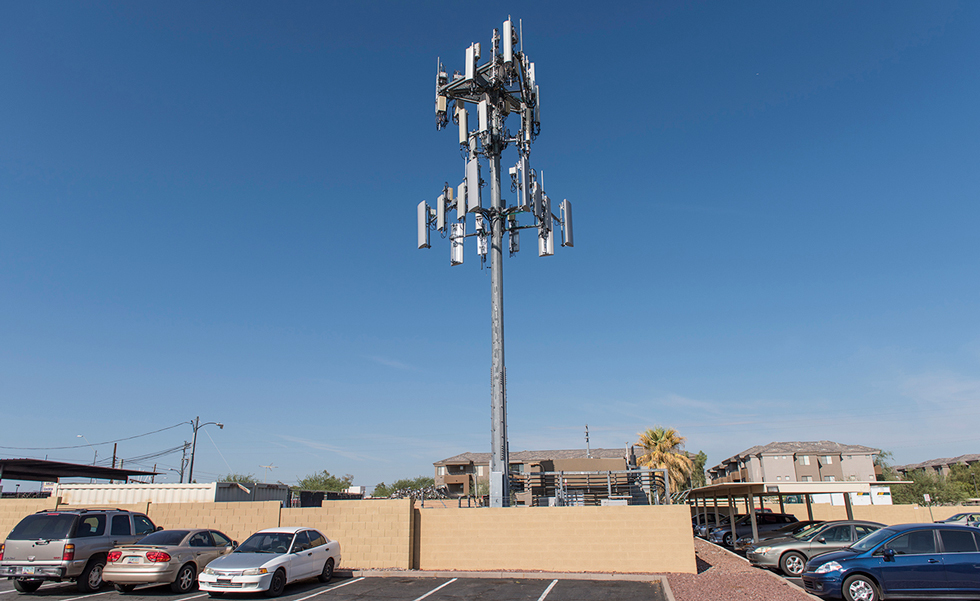The modern economy is increasingly supported by wireless networks. Network operators provide connectivity through a series of installations on communication towers and other infrastructure. These towers have obvious characteristics of real estate, and are often owned by publicly traded real estate investment trusts or REITs.
A new study conducted by Professor Timothy Riddiough at the University of Wisconsin and sponsored by Nareit, finds that tower REITs are an important part of the growing digital economy; a broad range of qualitative and quantitative evidence supports a conclusion that towers are intrinsically real estate; and that tower REITs operate in both a competitive environment and increase allocative efficiency and benefit consumers.
The key findings, include:
Towers are intrinsically real estate
- Towers are permanent structures affixed to land and supported by a foundation.
- The tower construction and development process mirrors that of other types of real estate.
- Location is a source of value, with income derived from rents.
- Towers have a long history of being treated as real estate for federal income tax purposes.
- Appraisal standards consider cell towers to be real estate.
- Towers meet FASB implicit tests for what constitutes real estate for revenue recognition purposes.
- The two primary industry classification standards include tower REITs as part of the real estate sector.
- Dedicated real estate mutual funds and ETFs frequently hold tower REITs in their portfolios.
- The returns of tower REITs are more highly correlated with returns of most other equity REIT sectors than they are with telecommunication companies or the companies that collectively comprise the S&P 1500 Index.
- Tower REIT operational performance, revenues and assets align with the operational performance, revenue, and assets of other REITs.
- Tower REITs follow real estate financial reporting conventions.
Tower REITs and other tower companies operate in competitive markets with the threat of entry, and lease to primarily large, sophisticated tenants.
- Commercial real estate is fractionalized in its ownership, making it a highly competitive industry.
- Entry and the threat of entry, in the form of new construction, limits rental pricing power of tower companies in local markets.
- Tower REITs and other tower companies of different sizes, including new entrants, compete with one another for tenants and the construction of new towers.
- There has been significant entry in the form of new tower construction over the past five years. There are over 100 independent tower companies and nearly 75% of the new towers brought online in the U.S. were attributable to entities other than the three largest tower REITs.
- Tower customers are highly concentrated. This market structure provides the customers with leverage in lease negotiations.
- Tower REITs operate in an environment where there is meaningful ongoing technological change.
Tower REITs increase allocative efficiency and benefit consumers.
- The “neutral host” model, whereby tower operators construct a single tower that can host competing mobile carriers, reduces duplication and creates opportunities for entry by mobile carriers while also reducing environmental impacts and optimizing land use.
- Cell tower companies generate other efficiencies given their core expertise in locating, entitling, constructing, and operating towers for the benefit of their customer tenants and ultimately consumers.

